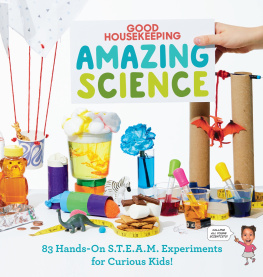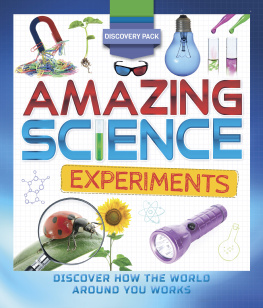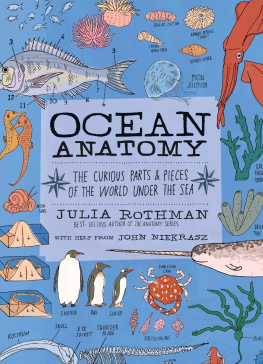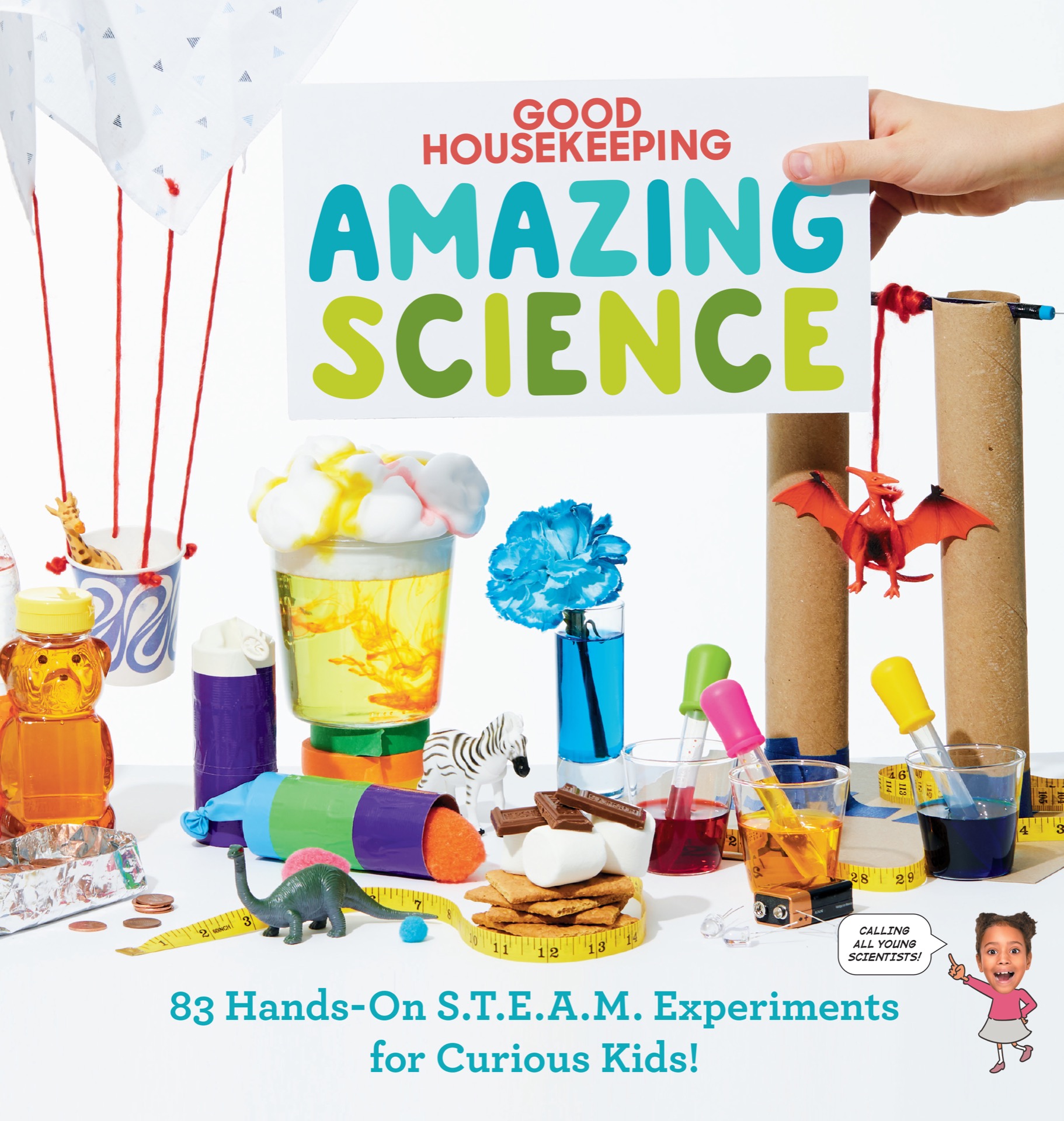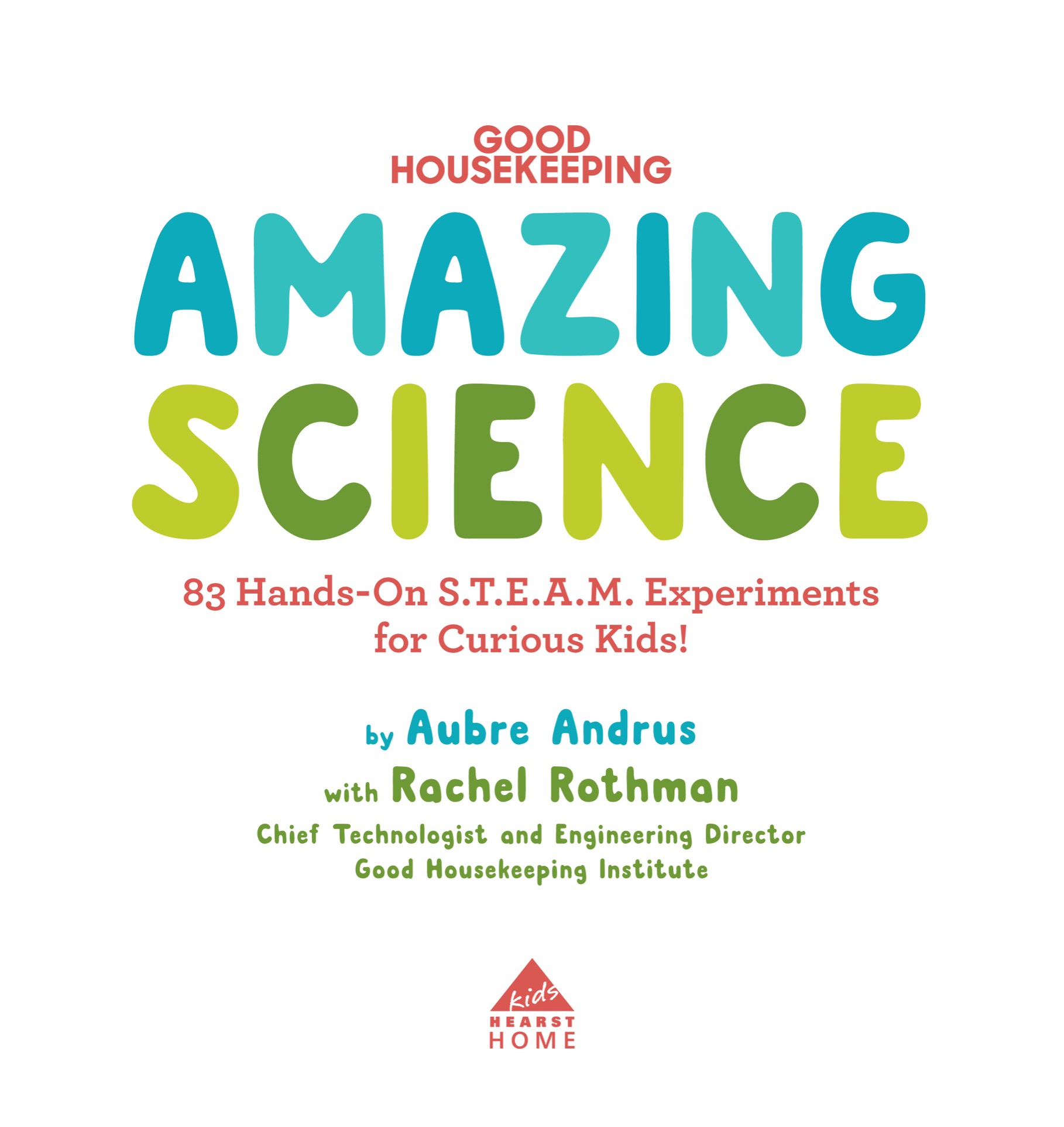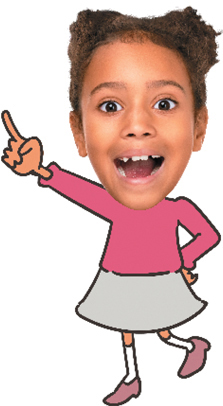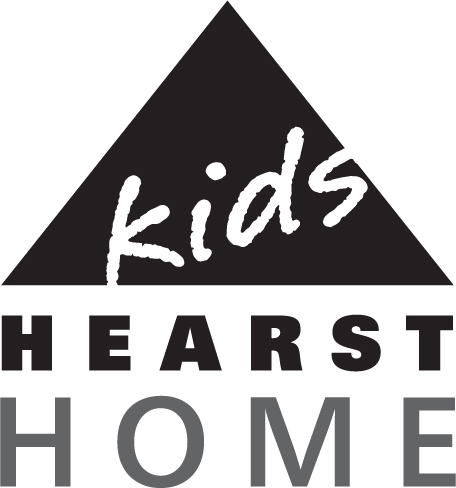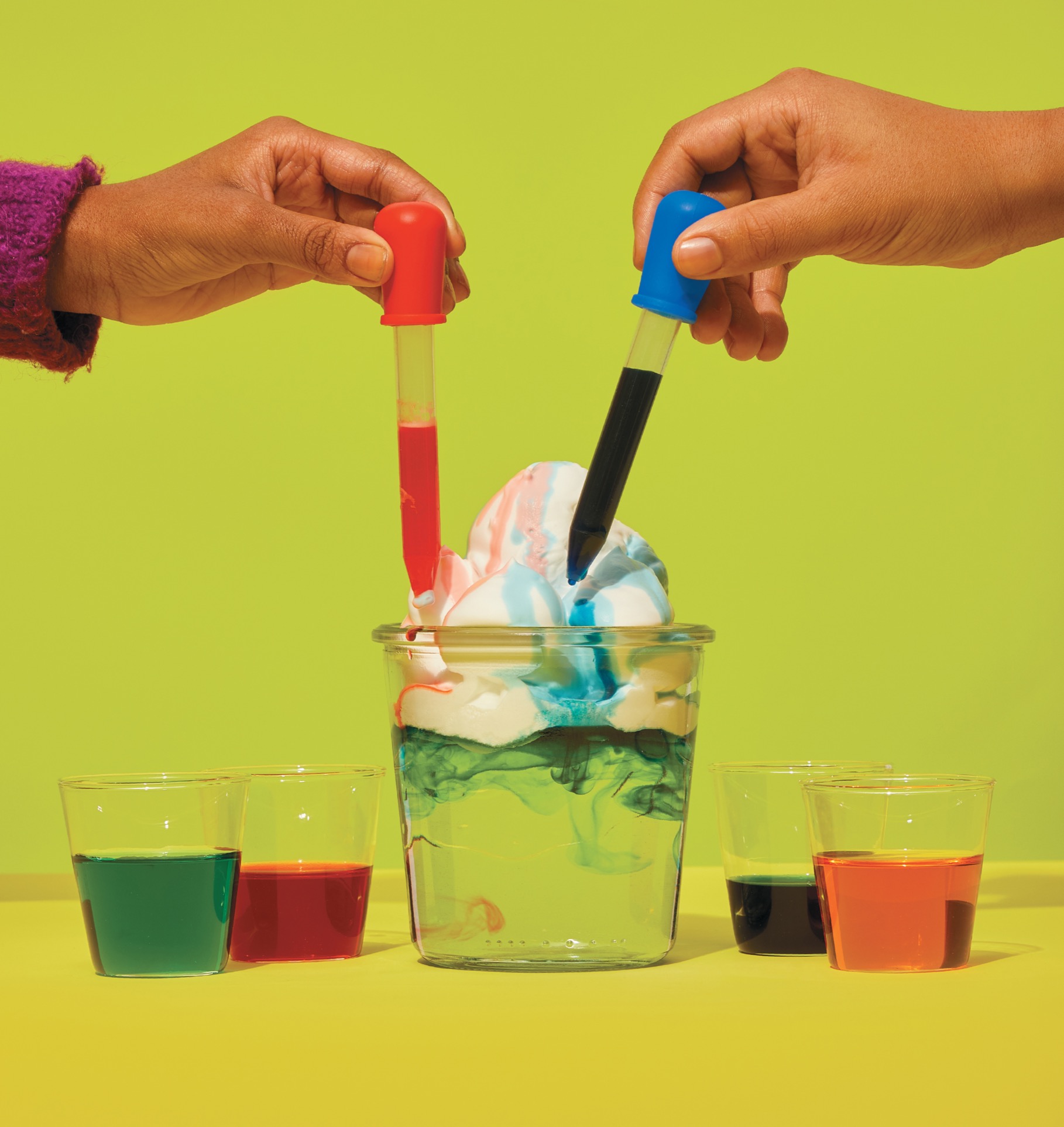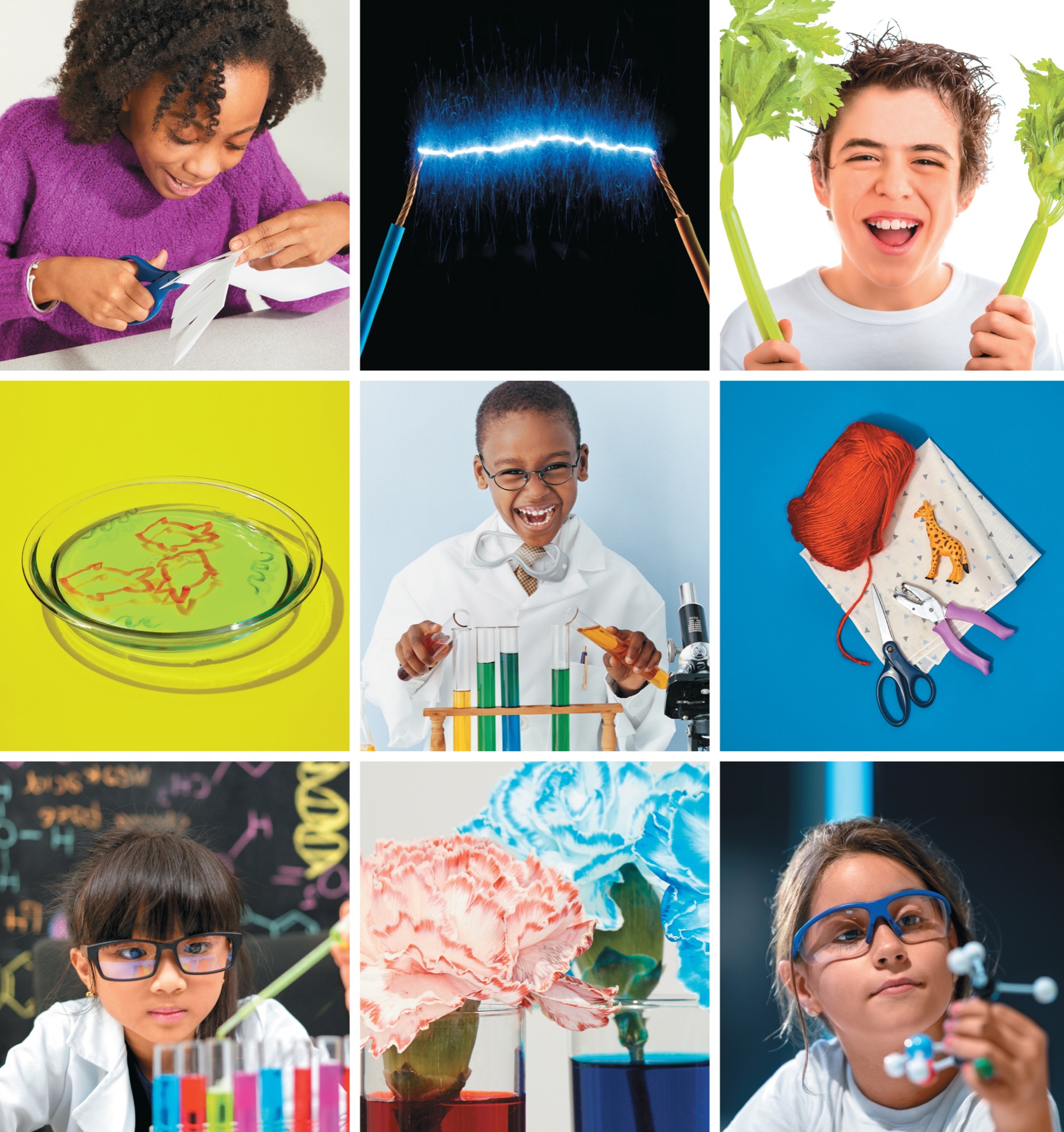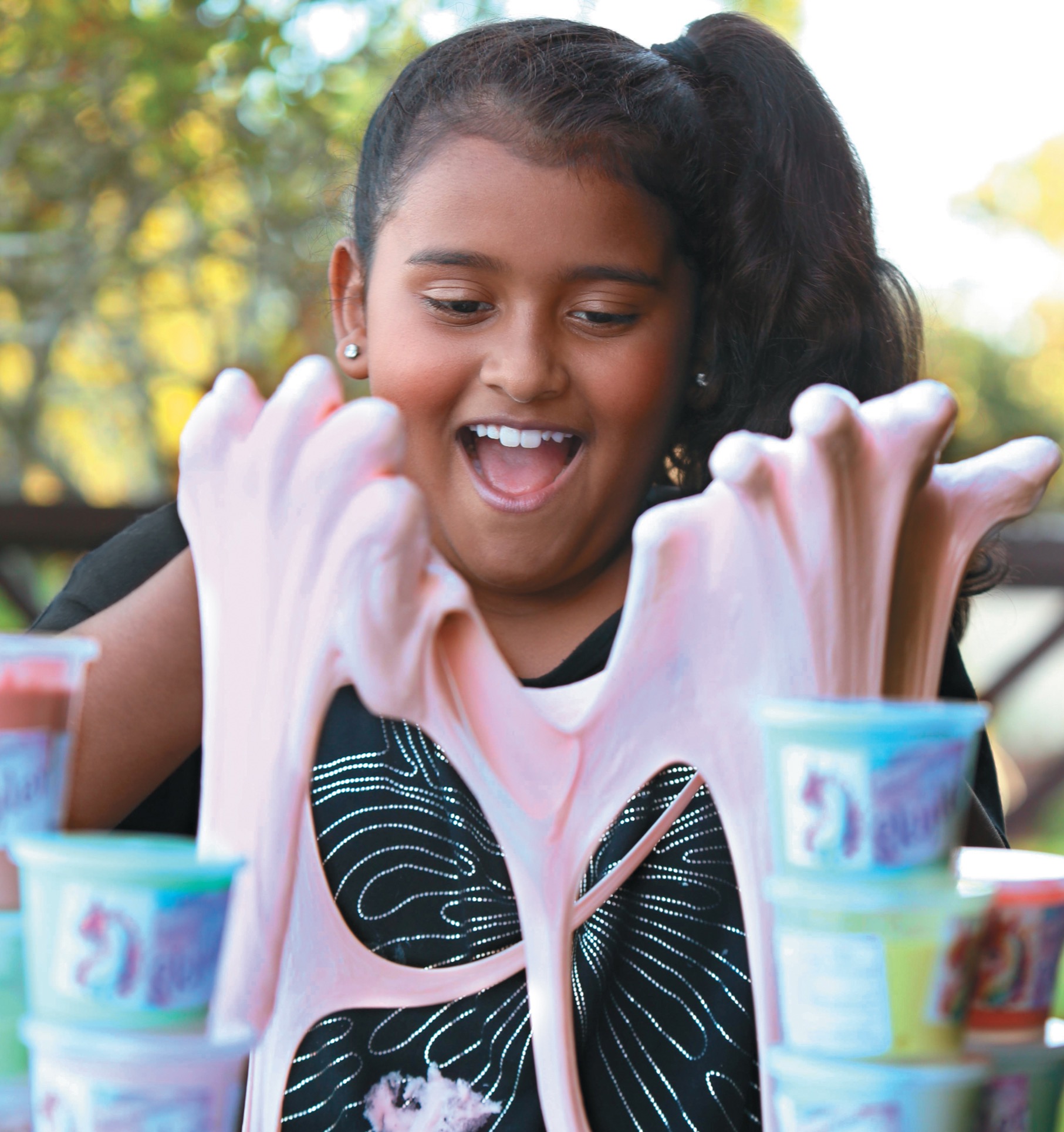Contents
Landmarks
Print Page List
Copyright 2021 by Hearst Magazine Media, Inc.
All rights reserved. The written instructions in this volume are intended for the personal use of the reader and may be reproduced for that purpose only. Any other use, especially commercial use is forbidden under law without the written permission of the copyright holder.
All activities in this book should be performed with adult supervision. The publisher and authors do not assume any responsibility for damages or injuries resulting from any activities.
Book produced by 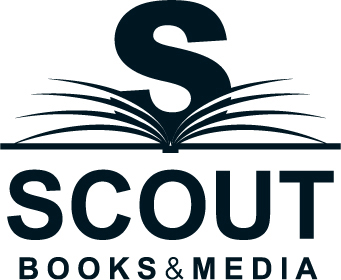
President: Susan Knopf
Editor: Beth Adelman
Researcher: Kimberly Holcombe
Art director and designer: Dirk Kaufman
Photo retoucher: Ruth Vazquez
Special thanks to the testing crew, including Lily Stein, James Stein, Richard Stein, Elizabeth Guidi, and Mark Charles; and gratitude to Jesse Kasehagen, 7th grade science teacher at Santa Barbara Middle School and advocate of project-based learning, for his expertise and guidance.
WOW! A LOT OF PEOPLE WORKED ON THIS BOOK!
Library of Congress Cataloging-in-Publication Data Available on request
Published by Hearst Home Kids An imprint of Hearst Books Hearst Magazine Media, Inc. 300 W 57th Street New York, NY 10019
Good Housekeeping, the Good Housekeeping logo, Hearst Home Kids, the Hearst Home Kids logo, and Hearst Books are registered trademarks of Hearst Communications, Inc.
For information about custom editions, special sales, premium and corporate purchases: hearst.com/magazines/hearst-books
ISBN9781950785896
Ebook ISBN9781950785483
a_prh_5.7.0_c0_r0
CONTENTS
JOIN THE S.T.E.A.M. TEAM
Amazing Science invites you into the ultimate laboratory: the world around you. In more than 80 experiments, youll explore everyday scienceboth indoors and outthat we hope youll find inspiring, surprising, and loads of fun.
The experiments in this book cover important topics: Science, Technology, Engineering, Art, and Math (also called S.T.E.A.M.). The world of science is vast, and most investigations cover more than one of these. Read these tips and get ready to have an awesome experience.
Think Like a Scientist
All journeys of exploration begin with a question such as why or how or what if? Finding the answer through a series of steps is called the scientific method. First, youll observe, or take a look at something thats going on in your world and come up with an idea about what is happening. Then youll ask a question about your observation, what it is that you want to know. Youll make ahypothesis, which is an educated guess, about the answer to your question and how it can be tested. Then youll design an experiment to test your hypothesis. During the experiment, youll observe what happens and record the results. Then youll evaluate the results and draw a conclusion: Was your hypothesis right or wrong? If an experiment doesnt turn out the way a scientist predicted, the process can begin all over again. What is your new theory based on prior results? How will you test it again?

HI, IM RACHEL! EVERY DAY I GET TO PUT ON MY SCIENTIST HAT AND TACKLE NEW PROJECTS. I TEST THE LATEST AND GREATEST SMART HOME PRODUCTS, VEHICLES, AND TOYS. I ALSO GATHER AND INTERPRET DATA SO THAT WE CAN GIVE OUR READERS WHAT THEY WANT!
Take Notes
In each experiment, youll use a notebook to keep track of your predictions, observations, and results and be able to refer back to them later on if you want to try the experiment again. (Any lined notebook will do!)
Read the Experiments
Before you begin any experiment, read it over first. Each starts with a note about what it investigates, includes a list of materials youll need, guides you through the instructions, and offers an explanation. Nearly all the materials are common items that are easy to find. Youll find bonus experiments and special tips, too.

| There are different levels of difficulty. Some experiments will be easy for you, others may be more challenging and require additional support, and a few may need adult help. |
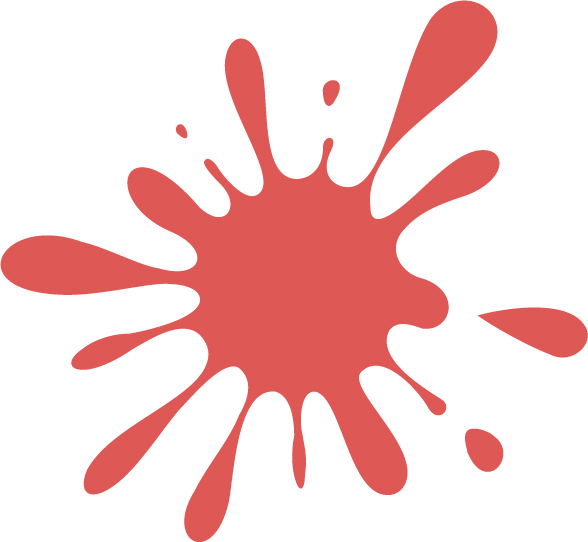
| Some experiments have the potential to be messier than others. For high-mess experiments, youll need to protect your work space, work outside, or have clean-up supplies handy. |
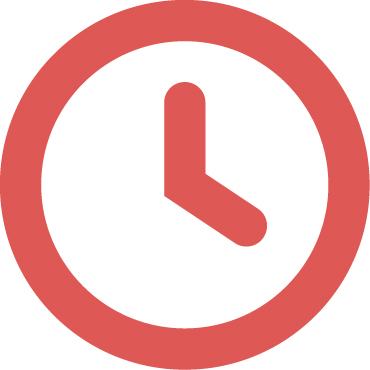
| Some experiments will take 15 or 30 minutes start to finish, and others may need more time to show results. |
MYSTERY SOLVED! Once youve completed an experiment, you can compare your analysis with this explanation of the scientific principles at work and why the experiment turned out the way it did.
TAKE 2! These experiments are variations on the main experiments and encourage you to set up your own tests following the scientific method.
Turn the page to begin your science adventure. The most important tip of allget ready to have fun!

